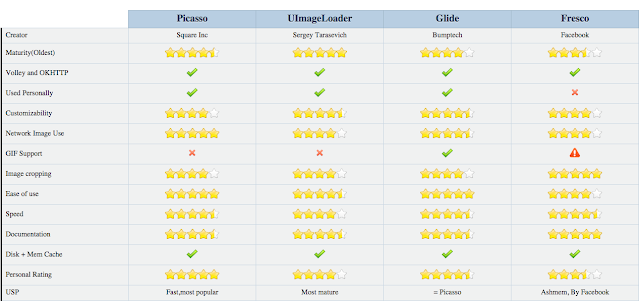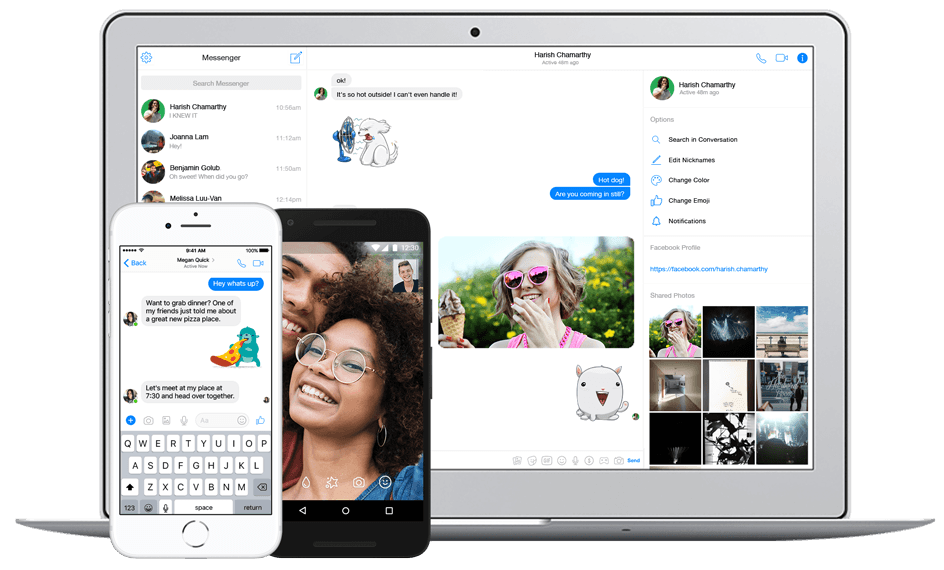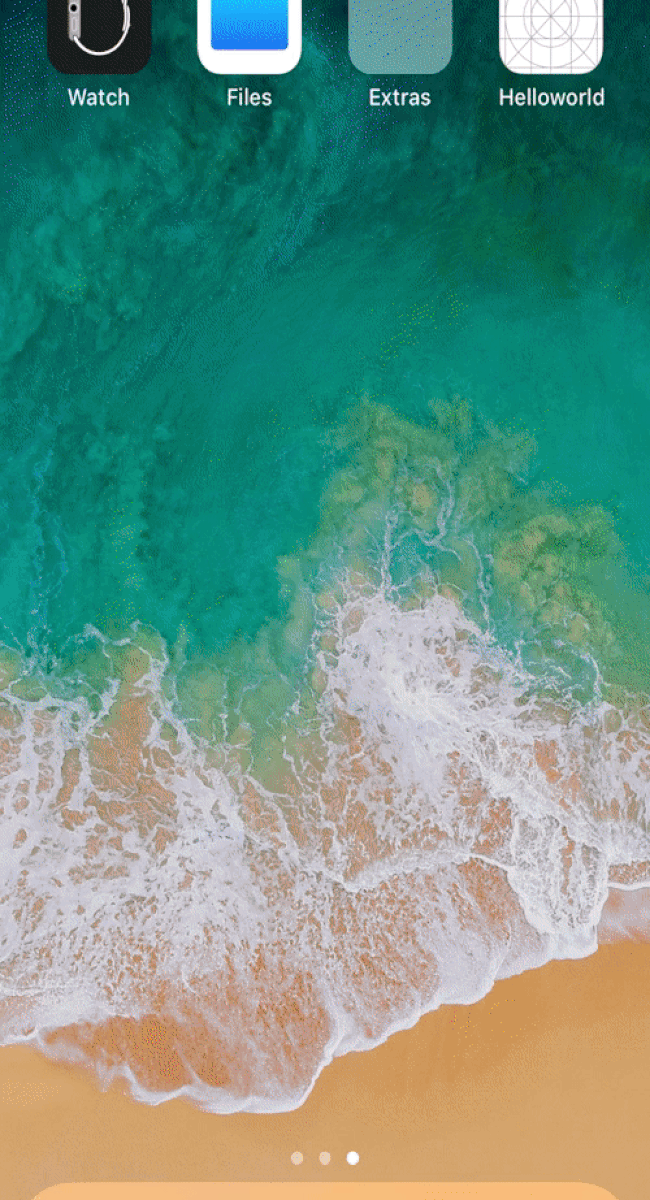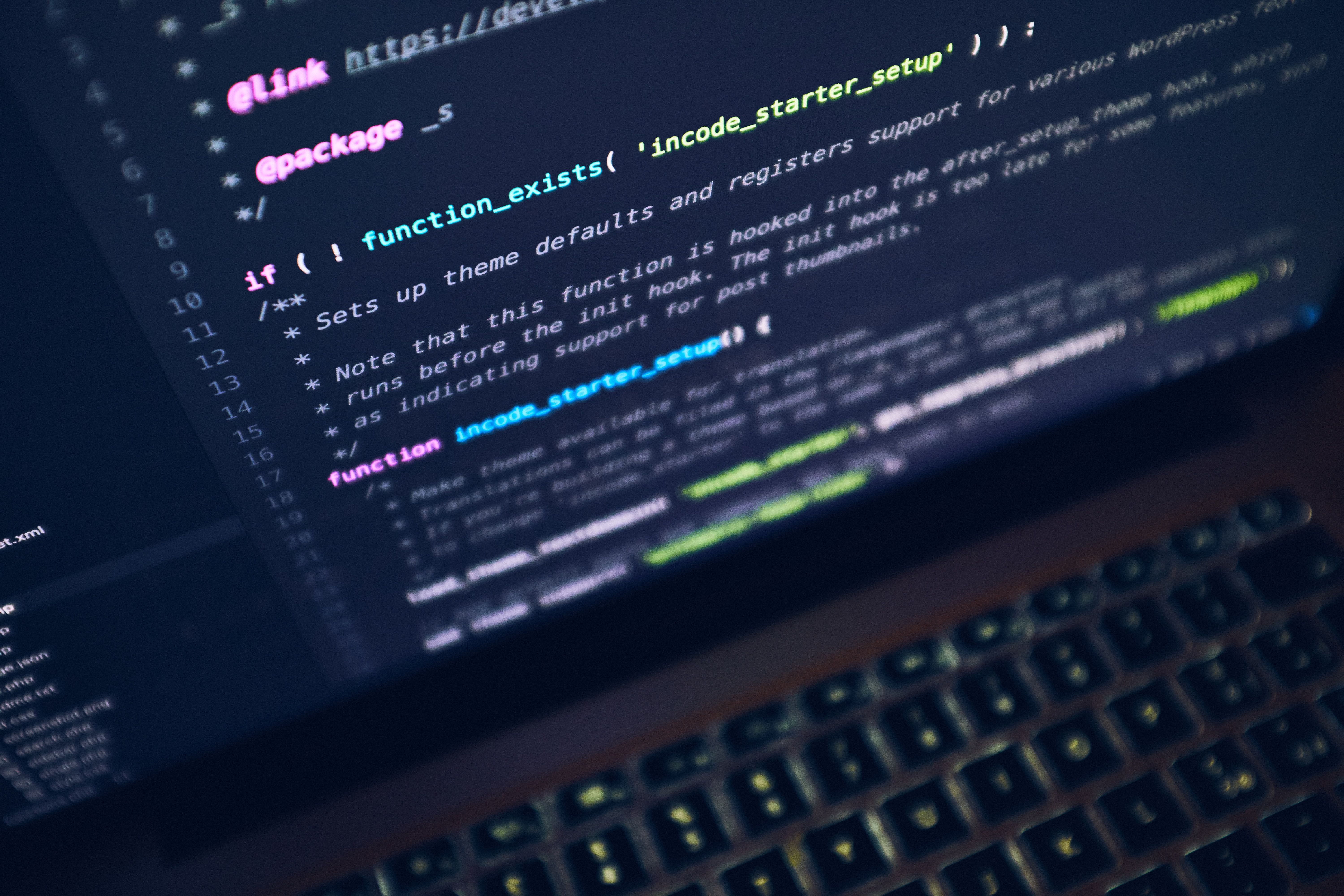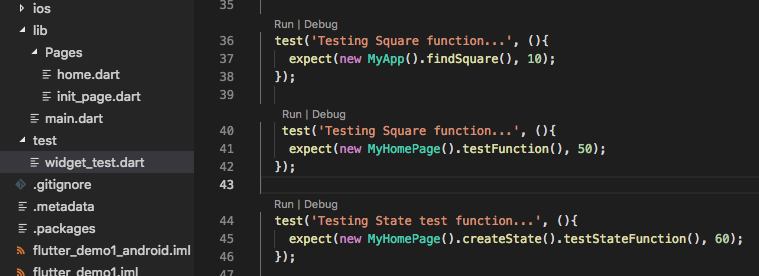The blockchain is one of the fastest-growing markets in the entire IT industry. According to the report, the global blockchain technology market is predicted to reach $2.3 billion by 2021, creating a big demand for more engineers and software developers.
It obviously represents a colossal career potential for talented blockchain specialists. An average software developer in the US earns almost $80 thousand a year, but a blockchain-focused professional could easily go beyond $100 thousand.
If these figures deem interesting, you better start thinking about a career in this emerging industry. This post will show you 8 things you need to know before becoming a blockchain developer. Let’s take a look!
Figure out the blockchain basics
Before you delve deeper into programming, you need to understand how blockchain as a system functions. The subject is incredibly vast, but you can start with essentials such as:
Decentralization
The blockchain is not governed by any kind of central authority.
Immutability: Every little piece of information added to the chain of blocks remains the same forever.
Transparency: The technology is public, so everyone can see any info out there.
This is just a speck of the blockchain universe, which means you’ll have to invest a lot of time into basic research.
Check Out Online Courses
![]()
The Internet is a massive resource of blockchain-related learning materials, with online courses being the most productive way to gain knowledge about this industry. Before you enter the battlefield, we recommend you check out a couple of options.
Firstly, there is Udemy as an all-encompassing guide to the blockchain ecosystem. Taking this course, you can fully understand how the blockchain works, but you will also learn about other technologies that surround it.
Secondly, you can explore Coursera. This course will teach you about the cryptocurrency world. With Coursera, you can embrace the conceptual foundations needed to engineer secure software that interacts with the Bitcoin network.
Understand Data Structure
![]()
The blockchain is decentralized, and as such it requires a thorough understanding of data structure. You have to get acquainted with structures like Tree or Stack, but you also need to understand the issues of timing and resources.
Master a Programming Language
![]()
Skilled blockchain developers perfectly know at least one programming language. A majority of beginner-level engineers focus on C++ to enhance their crypto programming proficiency. However, there are dozens of options besides this one. For instance, you can take a look at JavaScript, Python, Perl, Solidity, or any other programming language that meet your needs in a given moment.
Learn Cryptography
![]()
Cryptography is one of the blockchain essentials that gives developers the possibility to protect digital assets. This is extremely important in the digital universe where users create incredible volumes of data each minute.
Given the fact that the value of all Bitcoins has reached over $1.2 trillion, you can easily figure out the importance of cryptography. And that’s not all since there are hundreds of other cryptocurrencies, while a bunch of other industries also depend on the blockchain technology.
Learn Distributed Computing
Distributed computing enables developers to design large-scale networks. Security plays a major role in this field since earlier versions of global networking – aka torrents – allowed peers to upload anything, including viruses and malicious software.
Things have changed with distributed computing because participants got a motive to contribute to network quality in the era of Bitcoin and other digital currencies. But the real investments in this field are still about to come. The system is not perfect yet, so it requires additional testing and more experts to work on it.
Learn Mechanism Design
Mechanism design establishes a connection between cryptography and distributed computing. It’s a model that has the purpose of creating more complex and secure algorithms. The goal is to involve as many peers as possible in the global crypto network such as Bitcoin. The more you learn about mechanism design, the easier it will be for you to design productive blockchain systems.
Familiarize with Development Platforms
There are dozens of development platforms to work on with your blockchain, with the most popular being Ethereum and NEO. The two platforms have slightly different objectives: while NEO promotes the digital business, Ethereum is more interested in developing blockchain systems.
The former is based on programming languages like JavaScript and C++, while Ethereum has its own program version called Solidity. You should check out both platforms and decide which one suits your professional interests more.
Conclusion
If you are thinking about building a career in blockchain development, you are not making a mistake. The new technology is growing rapidly, and you should seize the opportunity to capitalize on the expanding market.
In this post, we explained to you 8 things you need to know before becoming a blockchain developer. Keep our suggestions in mind and don’t hesitate to invest time and effort in learning – it can make you a superstar blockchain developer sooner than you think!
About author: Olivia is an incurable optimist who always sees the glass as half-full. She likes nature, knows how to enjoy silence and is keen on writing for various websites as well as for https://www.aussiewritings.com. Meet her on Twitter.


